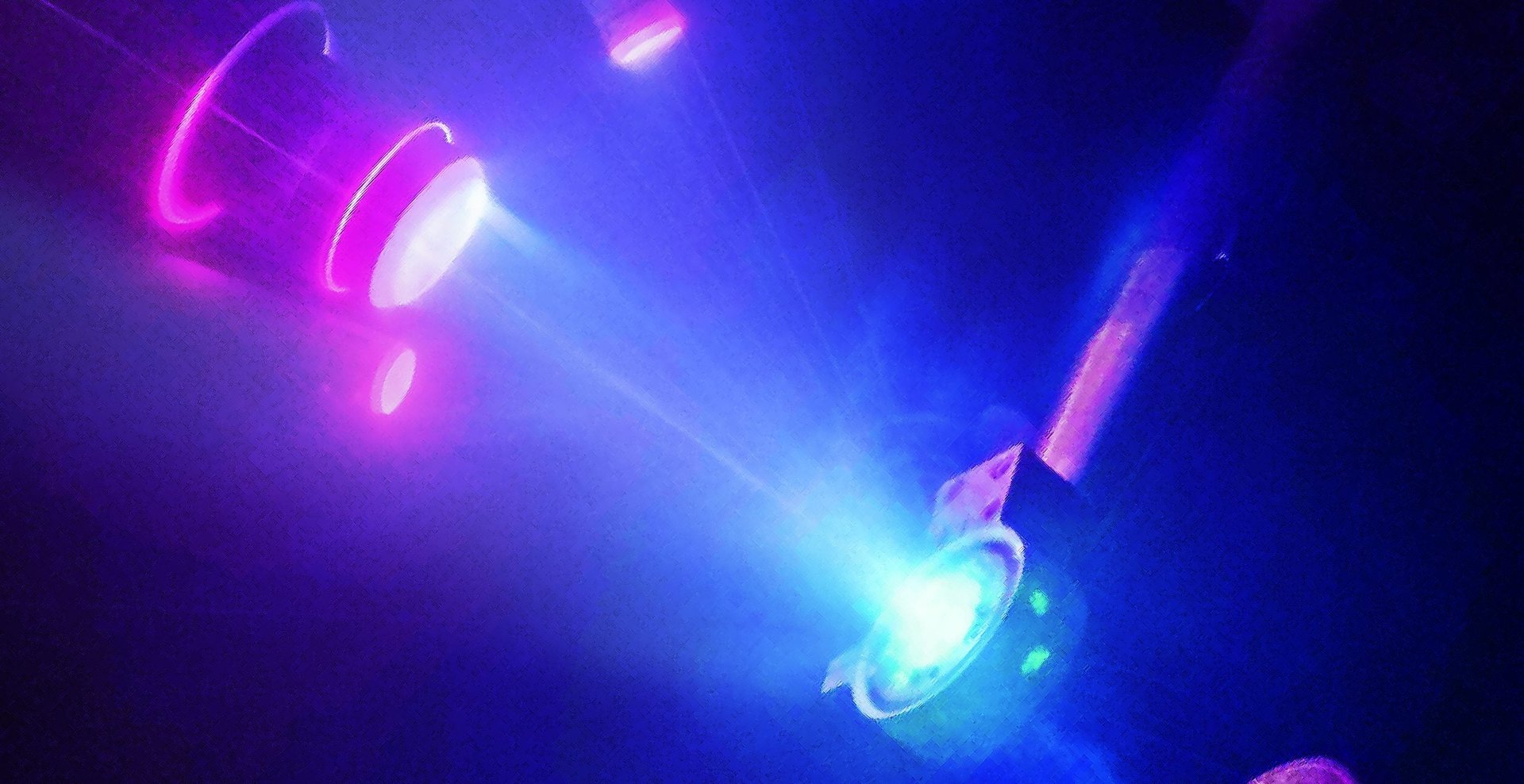Scientists have proven the existence of the strangest state of matter: superionic ice
In 1935, the Harvard Crimson, a student-run newspaper of Harvard University, carried the following clip:


In 1935, the Harvard Crimson, a student-run newspaper of Harvard University, carried the following clip:
Percy W. Bridgman ’04, professor of physics, can now make ice which will not melt until a temperature higher than the boiling point of water is attained.
This was newsworthy indeed. Bridgman went onto win the 1946 Nobel Prize in physics “for the invention of an apparatus to produce extremely high pressures, and for the discoveries he made therewith in the field of high pressure physics.” One of those contributions was that, at extremely high pressure and temperature, water ought to exist in a strange state—both as solid and liquid—which we today call superionic ice.
But no one could prove the strange state of water existed. The required pressure and temperature just seemed too high to achieve using even with the most modern equipment.
That has now changed, thanks to US researchers. In a study published in Nature Physics, researchers from the Lawrence Livermore National Laboratory, the University of Rochester, and the University of California at Berkeley report creating superionic ice.
To get there, they squished liquid water with diamond anvils to 25,000 times the atmospheric pressure. It caused water to enter a special phase called ice VII, where it exists as hexagonal crystals and is about 60% denser than normal ice. Next they blasted ice VII with intense bursts of lasers for a few billionths of a second (as the image above shows). This increased the pressure to 2 million times the atmospheric pressure and raised the temperature to nearly 5000°C (9000°F). This is when ice VII gets converted to superionic ice—going from being transparent to opaque.
Superionic ice is strange. Water is made of two hydrogen atoms linked to an oxygen atom, forming a V-shape. At such pressure and temperature, however, the bonds break apart. What you get instead is oxygen ions in crystalline form and hydrogen ions flowing through it—that is, a solid and a liquid at the same time.
As a theoretical experiment, Bridgman would be proud of the result for having proven him right. But the exercise may have practical implications. It is thought that water on Neptune and Uranus exists in the form of superionic ice. In fact, the planets’ weird magnetic field could be explained by studying superionic ice. If nothing, building equipment and studying matter in such extreme conditions could one day help us build materials with properties we thought were impossible.